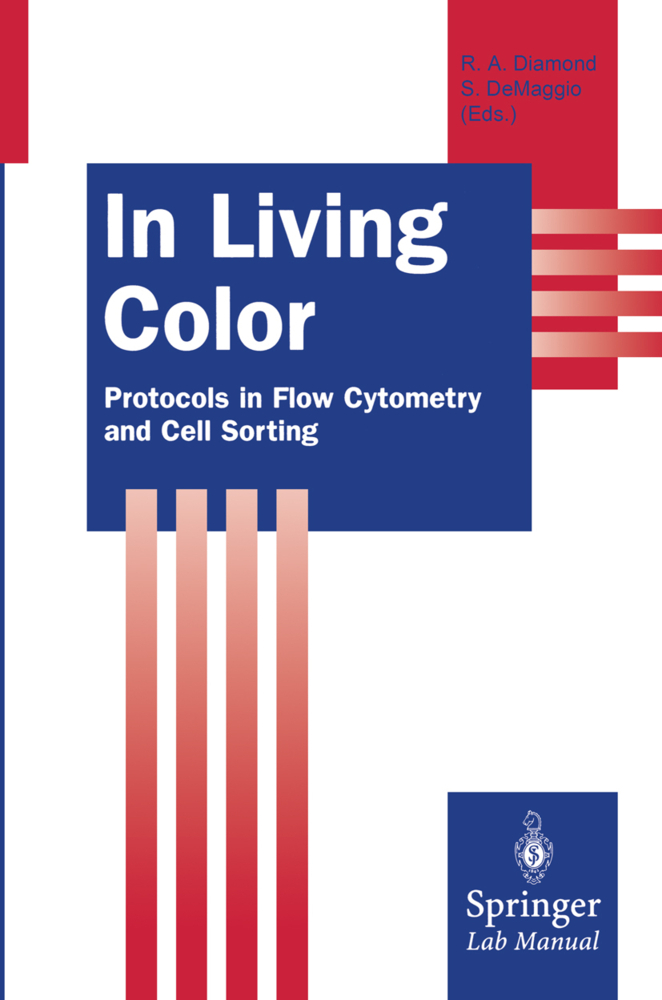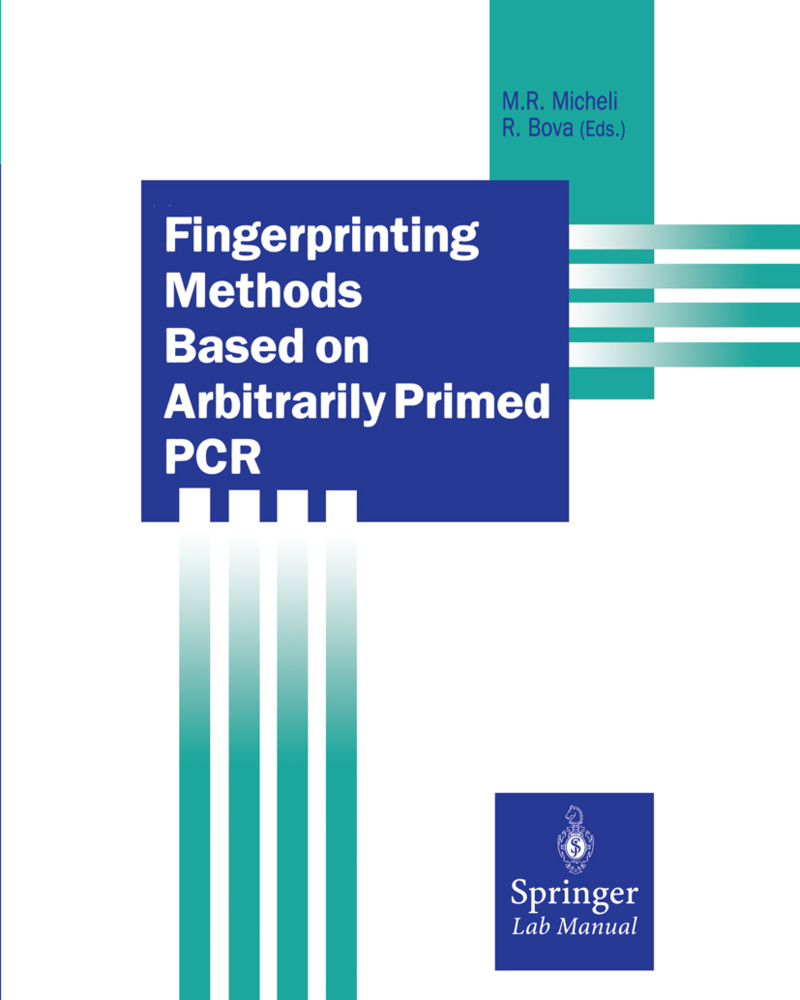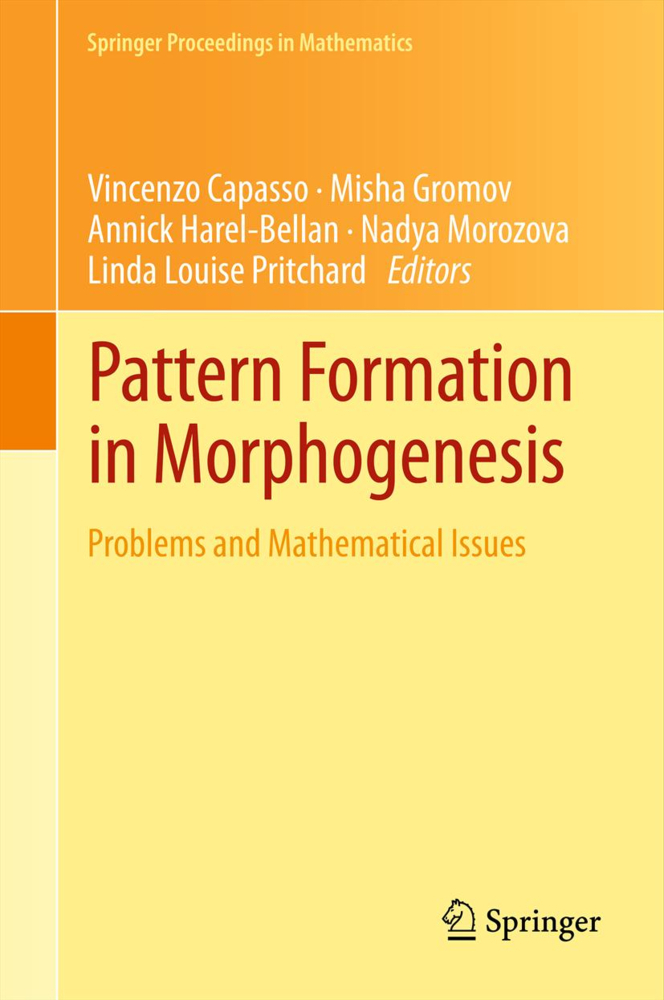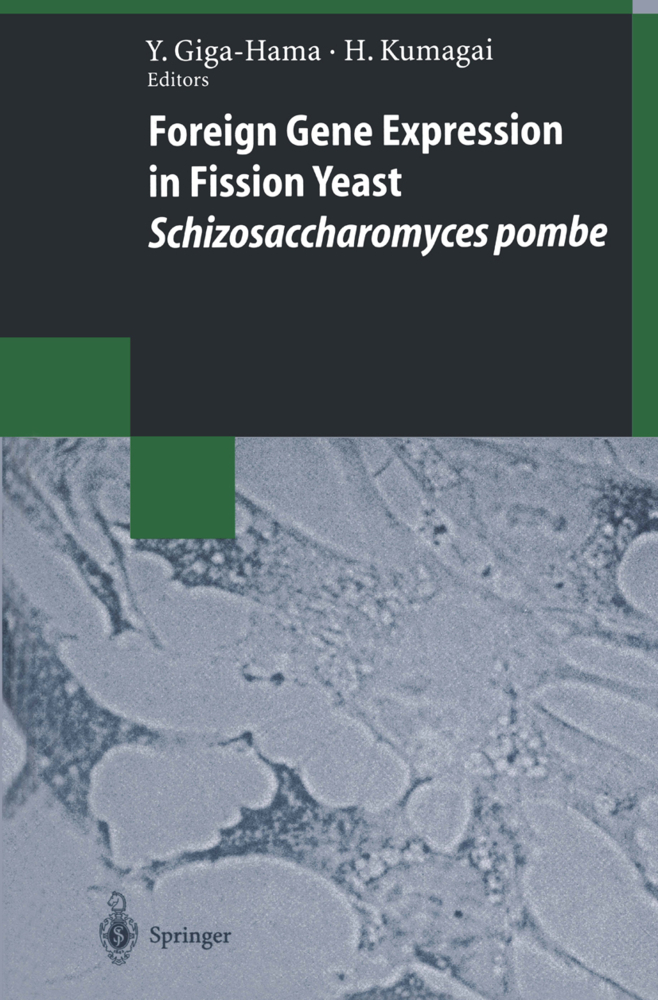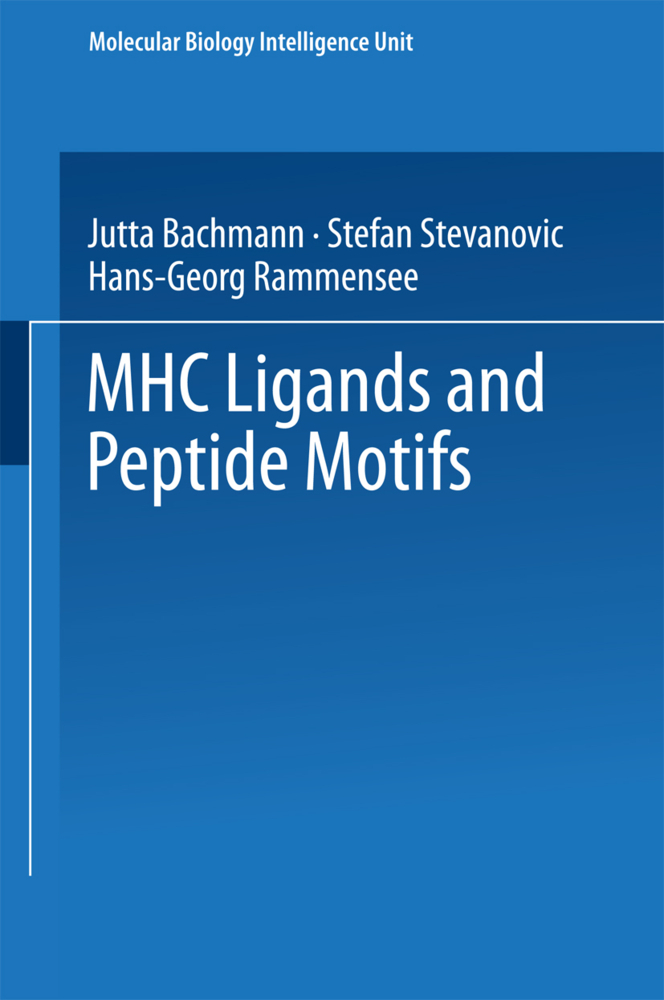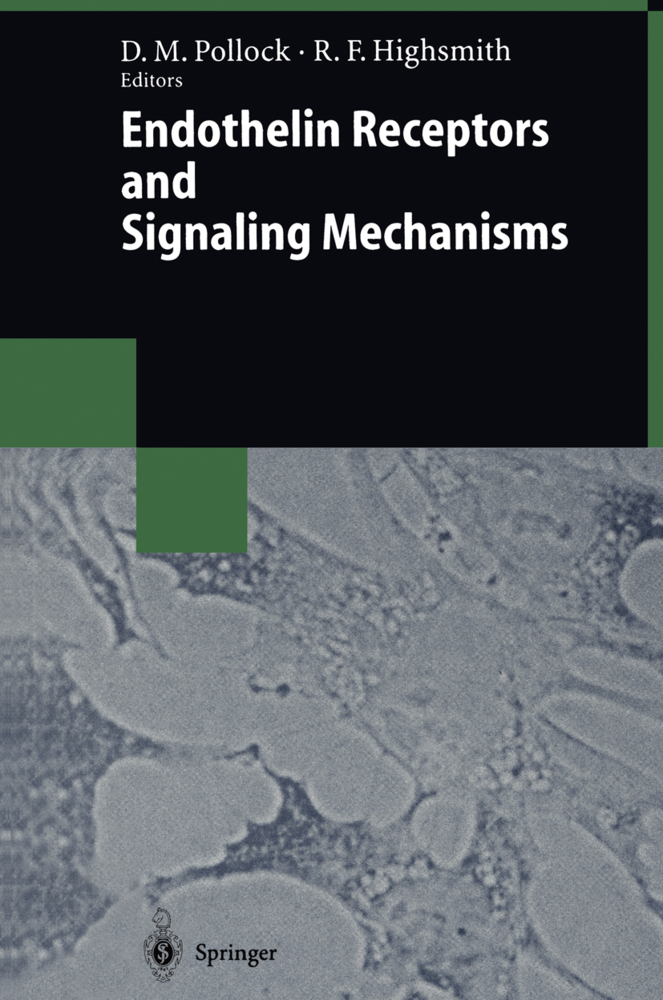In Living Color, 2 Pts.
Protocols in Flow Cytometry and Cell Sorting
In Living Color, 2 Pts.
Protocols in Flow Cytometry and Cell Sorting
Advances in the field of cell biology have always been closely related to the development of quantitative analytical methods that can be applied to individual cells or cell organelles. Almost from the early stages following the invention of the microscope, the investigator has been keenly interested in obtaining informa tion on the functionality of single cells and how cells perform under different sets of experimental conditions. Although cells could be viewed in the microscope for a few hundred years, only since the relatively recent application of autoradiography did we come to realize that, although cells may visually appear very much alike, they are quite different in their functional capacity. The quest to understand these differences in a cell population lead to a new series of techniques for labeling and quantitating DNA content and similar approaches have driven the develop ment of methods for analyzing various other cellular properties. The development of new analytical techniques follows the age old pattern of applying successes of the past with current inno vation, logic and new biological information. Results from auto radiography expanded the concept of the cell cycle from inter phase and mitosis to the more definitive GO/GI, Sand G2/M phases. This new knowledge lead to the development of techno logy to measure and analyze various parameters related to the cell cycle.
The Colorful History of Flow Cytometry
Section 2
Getting Started
1 How the FACSCalibur and FACS Vantage Work and Why It Matters
2 How Flow Cytometers Work - and Don't Work
3 Flow Cytometry Standard (FCS) Data File Format
4 Options for Data Display
5 Guidelines to Improve Flow Cytometry Data Display and Interpretation
6 Data Management and Storage
7 Coloring up: A Guide to Spectral Compensation
8 Quality Control Guidelines for Research Flow Cytometry
Section 3
Sample Preparation and Cell Surface Staining
1 Cell Preparation and Enrichment for FCM Analysis and Cell Sorting
2 The Basics of Staining for Cell Surface Proteins
3 Phenotypic Analysis Using Five-Colour Immunofluorescence and Flow Cytometry
4 Detection of Cell Surface Antigens Using Antibody- Conjugated Fluorospheres and Flow Cytometry
5 Gel Microdrop Encapsulation for the Frugal Investigator
Section 4
Reporter Genes and Cell Trackers
1 Flow Cytometric Analysis of GFP Expression in Mammalian Cells
2 FACS-Gal: Flow Cytometric Assay of ß-galactosidase in Viable Cells
3 Utilization of a Bicistronic Expression Vector for Analysis of Cell Cycle Kinetics of Cytotoxic and Growth-arrest Genes
4 NGFR as a Selectable Cell Surface Reporter
5 Assessment of Cell Migration in vivo Using the Fluorescent Tracking Dye PKH26 and Flow Cytometry
6 In vivo Biotinylation for Cell Tracking and Survival/Lifespan Measurements
7 Enrichment and Selection for Reporter Gene Expression with MACSelect
8 Use of PKH Membrane Intercalating Dyes to Monitor Cell Trafficking and Function
Section 5
Flow Cytometry of Nucleic Acids
1 RNA Content Determination Using Pyronin Y
2 DNA Content Determination
3 Dead Cell Discrimination
4 Detecting Apoptosis
5 Chromosome Preparation - Polyamine Method
6 'D-Flowering' - The Flow Cytometry of Plant DNA
7 Flow Cytometry Analysis of Marine Picoplankton
8 Yeast DNA Flow Cytometry
Section 6
Intracellular Physiological and Antibody Probes
1 Calcium Flux Protocol: INDO-1 Stained Thymocytes
2 Intracellular pH Measured by ADB
3 Measuring Intracellular pH Using SNARF-1
4 FACS Analysis of Ph and Apoptosis
5 Measurement of Ligand Acidification Kinetics for Adherent and Non-Adherent Cells
6 Intracellular Antigen Detection by Flow Cytometry
7 Flow Cytometric Measurement of Nuclear Matrix Proteins
8 CellProbe Flow Cytoenzymology
9 Intracellular Cytokine Detection
Section 7
Electronic Cell Sorting
1 Creating Standard and Reproducible Sorting Conditions
2 Sterilization for Sorting
3 High Speed Cell Sorting Using the Cytomation CICERO® and MoFlo® Systems
4 Purification of Mouse Fetal Liver Hematopoietic Stem Cells
5 Methods for Preparing Sorted Cells as Monolayer Specimens
6 Fluorescent in Situ Hybridization Analysis on Cells Sorted onto Slides
Section 8
Core Facilities
1 Core Facility Management
2 Funding for Core Facilities
3 Biosafety in the Flow Cytometry Laboratory
Section 9
Unlocking the Spectrum of Possibilities
Appendices.
Section 1
A Palette of Living ColorsThe Colorful History of Flow Cytometry
Section 2
Getting Started
1 How the FACSCalibur and FACS Vantage Work and Why It Matters
2 How Flow Cytometers Work - and Don't Work
3 Flow Cytometry Standard (FCS) Data File Format
4 Options for Data Display
5 Guidelines to Improve Flow Cytometry Data Display and Interpretation
6 Data Management and Storage
7 Coloring up: A Guide to Spectral Compensation
8 Quality Control Guidelines for Research Flow Cytometry
Section 3
Sample Preparation and Cell Surface Staining
1 Cell Preparation and Enrichment for FCM Analysis and Cell Sorting
2 The Basics of Staining for Cell Surface Proteins
3 Phenotypic Analysis Using Five-Colour Immunofluorescence and Flow Cytometry
4 Detection of Cell Surface Antigens Using Antibody- Conjugated Fluorospheres and Flow Cytometry
5 Gel Microdrop Encapsulation for the Frugal Investigator
Section 4
Reporter Genes and Cell Trackers
1 Flow Cytometric Analysis of GFP Expression in Mammalian Cells
2 FACS-Gal: Flow Cytometric Assay of ß-galactosidase in Viable Cells
3 Utilization of a Bicistronic Expression Vector for Analysis of Cell Cycle Kinetics of Cytotoxic and Growth-arrest Genes
4 NGFR as a Selectable Cell Surface Reporter
5 Assessment of Cell Migration in vivo Using the Fluorescent Tracking Dye PKH26 and Flow Cytometry
6 In vivo Biotinylation for Cell Tracking and Survival/Lifespan Measurements
7 Enrichment and Selection for Reporter Gene Expression with MACSelect
8 Use of PKH Membrane Intercalating Dyes to Monitor Cell Trafficking and Function
Section 5
Flow Cytometry of Nucleic Acids
1 RNA Content Determination Using Pyronin Y
2 DNA Content Determination
3 Dead Cell Discrimination
4 Detecting Apoptosis
5 Chromosome Preparation - Polyamine Method
6 'D-Flowering' - The Flow Cytometry of Plant DNA
7 Flow Cytometry Analysis of Marine Picoplankton
8 Yeast DNA Flow Cytometry
Section 6
Intracellular Physiological and Antibody Probes
1 Calcium Flux Protocol: INDO-1 Stained Thymocytes
2 Intracellular pH Measured by ADB
3 Measuring Intracellular pH Using SNARF-1
4 FACS Analysis of Ph and Apoptosis
5 Measurement of Ligand Acidification Kinetics for Adherent and Non-Adherent Cells
6 Intracellular Antigen Detection by Flow Cytometry
7 Flow Cytometric Measurement of Nuclear Matrix Proteins
8 CellProbe Flow Cytoenzymology
9 Intracellular Cytokine Detection
Section 7
Electronic Cell Sorting
1 Creating Standard and Reproducible Sorting Conditions
2 Sterilization for Sorting
3 High Speed Cell Sorting Using the Cytomation CICERO® and MoFlo® Systems
4 Purification of Mouse Fetal Liver Hematopoietic Stem Cells
5 Methods for Preparing Sorted Cells as Monolayer Specimens
6 Fluorescent in Situ Hybridization Analysis on Cells Sorted onto Slides
Section 8
Core Facilities
1 Core Facility Management
2 Funding for Core Facilities
3 Biosafety in the Flow Cytometry Laboratory
Section 9
Unlocking the Spectrum of Possibilities
Appendices.
Diamond, Rochelle A.
DeMaggio, Susan
| ISBN | 978-3-642-62978-5 |
|---|---|
| Artikelnummer | 9783642629785 |
| Medientyp | Buch |
| Copyrightjahr | 2013 |
| Verlag | Springer, Berlin |
| Umfang | XXV, 800 Seiten |
| Abbildungen | XXV, 800 p. 171 illus., 13 illus. in color. |
| Sprache | Englisch |

